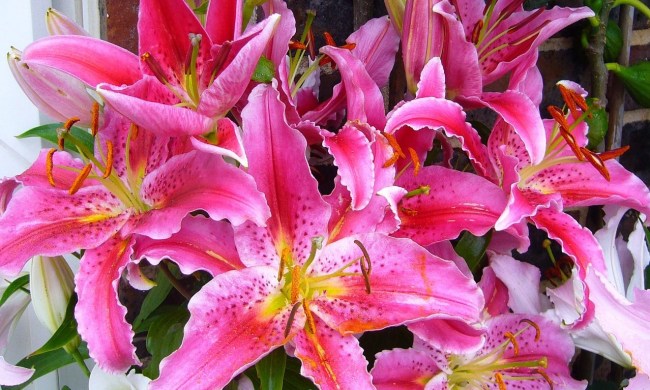The word wildflower probably brings to mind images of lush meadows and fields dotted with bright colors, but did you know you can bring a piece of that to your own garden? Wildflower gardens are easy to grow and great for the environment. You can even grow some wildflowers in pots or containers, so you can grow them no matter what kind of space you’re living in.
If you’re looking for a place to start learning about wildflowers, you’re in the right spot! We’ll tell you everything you need to know to get started on your very own wildflower garden.
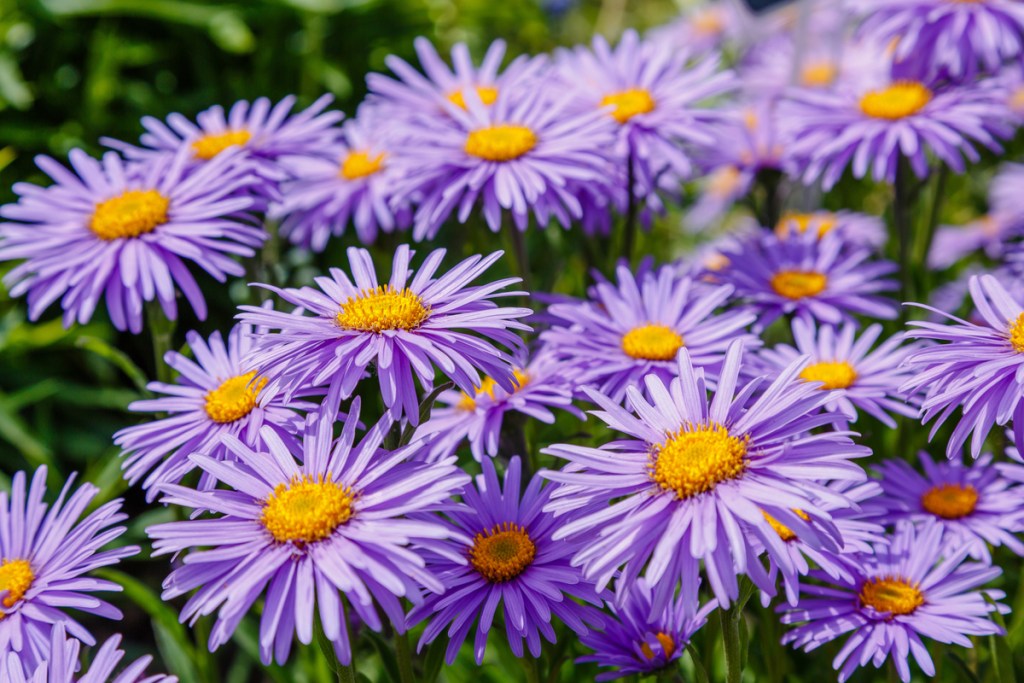
What is a wildflower garden?
Wildflower gardens are, as the name suggests, gardens planted exclusively (or mostly) with wildflowers. These kinds of flowers grow in the wild and aren’t cultivated by humans. This means the flower variety can (or could previously) be found in the wild, and that people didn’t create the flowers intentionally through cross-pollination or other means. Instead, the flowers evolved naturally on their own.
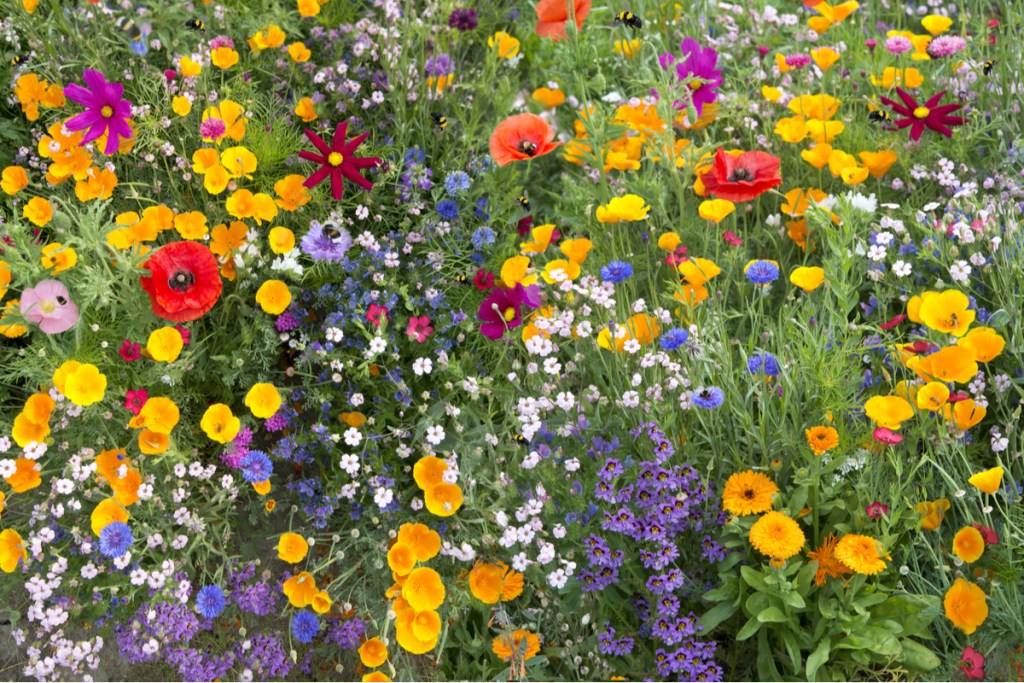
Planting your seeds
One of the benefits of wildflower gardens is how low maintenance they are. Wildflowers have evolved to live on their own, which means they don’t need much effort on your part to plant them.
Most wildflowers don’t need very much, or any, cover over their seeds in order to germinate. Instead, you can just scatter them over the surface of your garden. You can add a thin layer of soil over the top of them, but if you do, it should be less than a quarter inch. If you want a wildflower garden that doesn’t look quite so wild, you can carefully lay your seeds out instead of scattering them.
Wildflower seeds also tend to be small, which makes them more likely to blow or wash away. Water the ground before you scatter your seeds rather than after. This helps the seeds stick where they land, but it also means you won’t accidentally wash the seeds away when you water them.
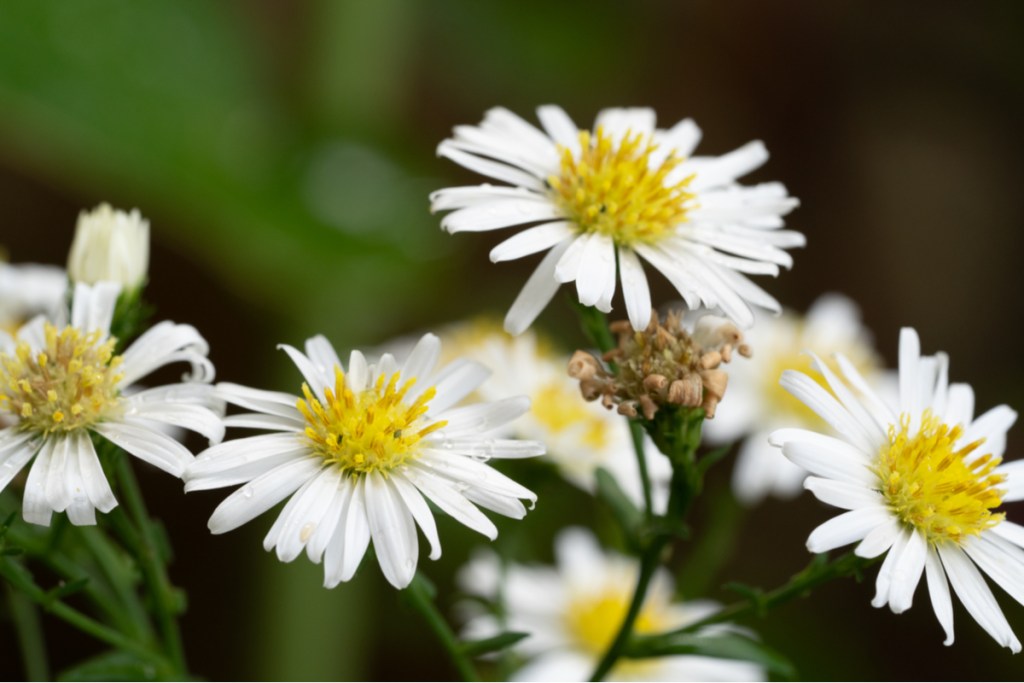
Asters
You can find asters in nearly every wildflower seed mix, and it’s easy to see why. These flowers come in many colors and are closely related to daisies. Although most asters are native to Europe, the New England aster is native to the U.S. and thrives in the mild to chilly weather of the Northeast. They prefer rich, moist soil and can be planted in either full sun or partial shade. If you want to grow them in a hotter climate, be sure to provide them with shade in the afternoon.
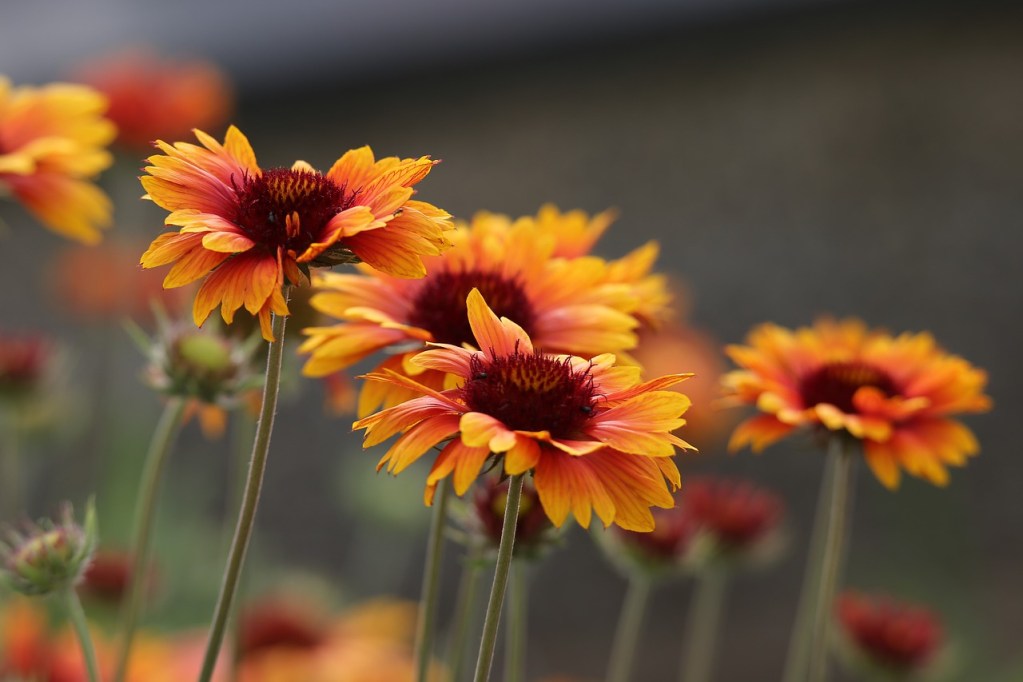
Blanket flowers
Blanket flowers are beautiful orange and red flowers that are native to the Great Plains states, but can be found to the north and east of them as well. If you live in a dry area with poor soil, then the blanket flower is a perfect wildflower for you. It thrives in hot, dry weather, prefers full sun, and will grow in soil that other plants dislike. So even if you’ve had difficulty getting other plants to grow in your garden, you’ll likely see success with a blanket flower!
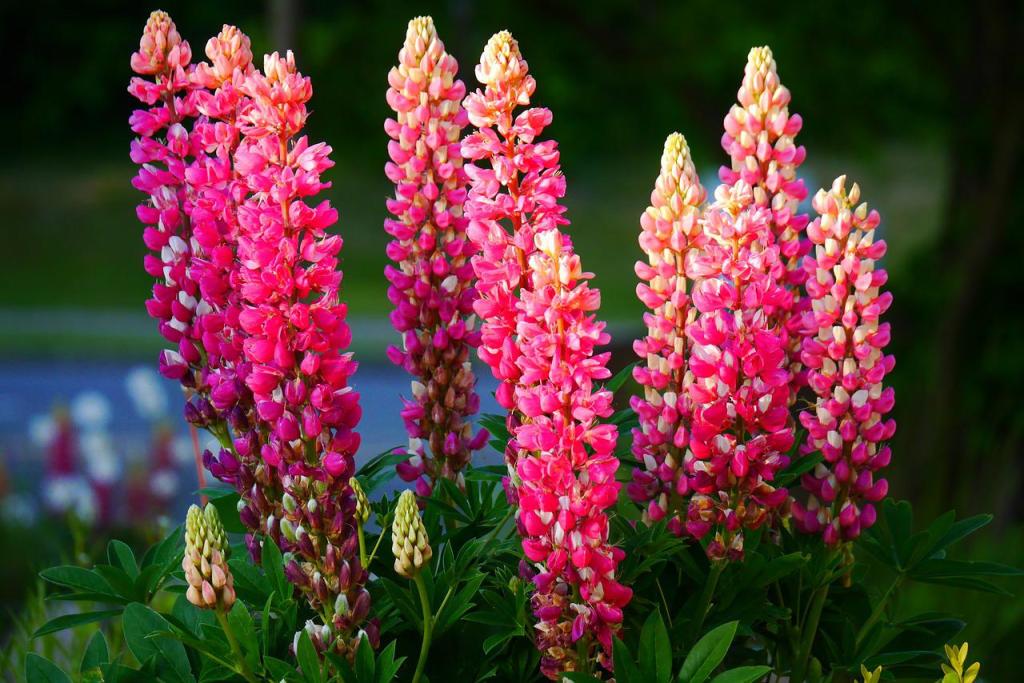
Lupine flowers
Lupine, with its tall, colorful flower spikes, is another popular wildflower. It’s native to the Northwest, from Northern California up to Alaska. However, it can grow successfully across the U.S. If you want to grow lupine flowers, you should know that they prefer cool, moist climates. Full sun gives you the brightest flowers, but they can grow in partial shade as well. If you want to grow lupine flowers farther south, be sure to give them some shade and water them more frequently to help them cope with the heat.
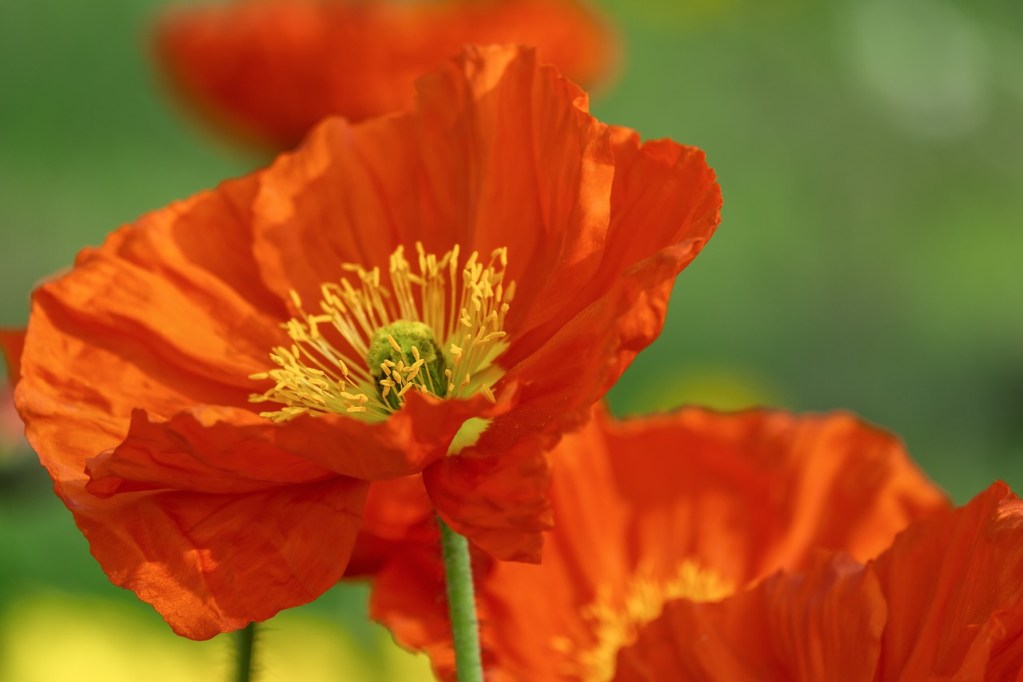
Poppies
Poppy flowers are incredibly easy to grow and beautiful to see. As a result, they’re included in almost every wildflower mix. They thrive in full sun and moist soil, and removing dead flowers encourages them to bloom even more vigorously. The main issue with poppy flowers is actually that they grow too easily and will spread across your garden or yard if given the chance! Most poppy varieties are native to Europe and are considered invasive in the U.S. due to how quickly they spread, but the California poppy is native to the American Southwest.
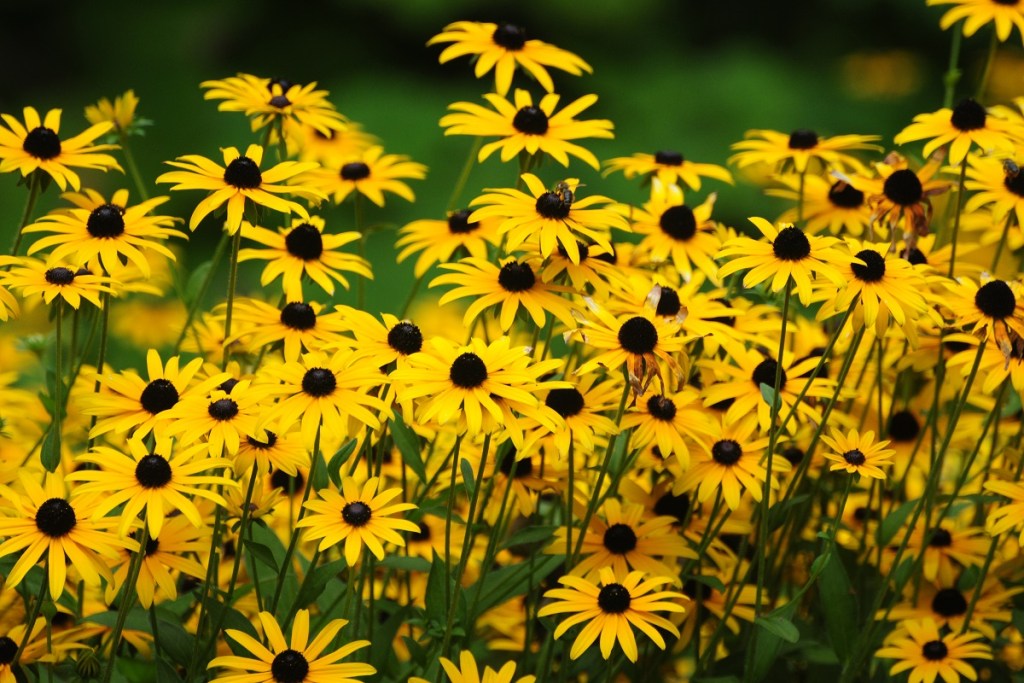
Black-eyed Susans
Black-eyed Susans are relatives of asters, and they require similar care. They prefer full sun and moist soil, but they can tolerate some drought. Black-eyed Susans are native to the eastern and central regions of the U.S., but are easy to grow even in the Southwest. Some varieties can grow tall and benefit from a support stake, but short varieties will grow just fine on their own.
Now you’re ready to start planning and planting your very own wildflower garden! Choose your plants, scatter your seeds, and watch the flowers grow and bloom. You’ll be amazed at the results, and at how little work it takes to achieve them. Your local pollinators will be thrilled, and if you let the flowers self-seed, you won’t need to replant your garden for quite a while.

